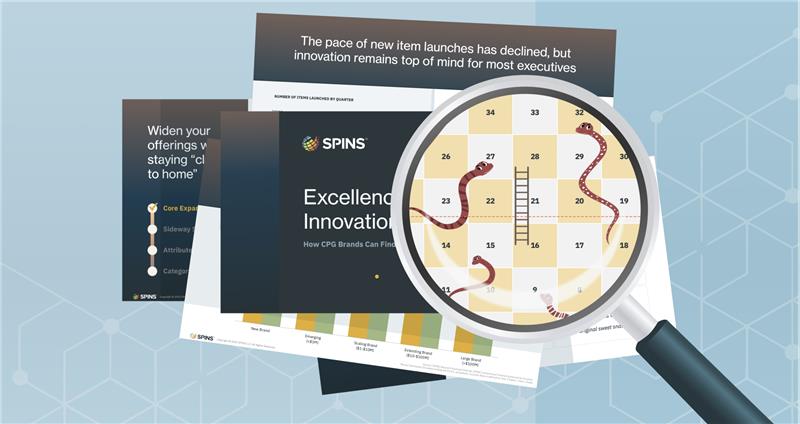Introduction
Product intelligence is a term often brought up when discussing how brands, retailers, and suppliers can turn trends and insights into a strategy for success. That sounds like an ideal solution to the challenges your businesses face, but you might wonder exactly what that entails. Anyone wondering how they can keep up with the rapidly changing landscape of modern commerce should understand the basics of product intelligence (PI) and how it can benefit their business, regardless of size.
Product intelligence is the use of data to support enhanced shopper experiences,
product differentiation, and product optimization. It begins with comprehensive and accurate product data, including product imagery, ingredients, nutrition facts, certifications, claims, and more. That allows product intelligence to serve as the single source of truth that covers the breadth of shopper priorities. Product intelligence can turn an emerging business into the industry’s most exciting success story.
What Can Product Intelligence Do?
Product intelligence has evolved over the years, and today the most advanced solutions algorithmically enrich product data with attributes that are not explicitly stated. Important details that shoppers care about, such as gluten-free, vegan, or high-protein, might not be displayed on the packaging but product intelligence can still identify them and label them accordingly. Quickly getting that data in the hands of brands and retailers has never been more crucial because they need to match the breakneck pace of innovation.
Product intelligence is a modern solution that relies on automation to quickly gather and access data, cutting out slow and mistake-prone processes. To achieve this, product intelligence focuses on 3 areas:
- Extraction: Scanning on-label data at scale to digitize thousands of products per week.
- Enhancement: Looking beyond the label and adding a deeper view of each product with additional attributes based on ingredients and nutrition information. This data can connect products with their corresponding shopper preferences.
- Enablement: Transforming data so that it is immediately ready for activation. An equally important step is the streamlining of speed-to-market while minimizing need for additional engineering resources.
With this information in hand, brands can craft a unique story that appeals to shoppers and gives retailers confidence that they are stocking the right products. Retailers can also use product intelligence to enhance shopper experiences and discoverability, creating an in-store (or online) experience that boosts purchases and customer loyalty.
RELATED: Product Intelligence for Brands
The Power of Modern Product Intelligence
Today’s product intelligence is part of the third generation of innovative technology solutions. Best-in-class product intelligence relies on automated, streamlined data extraction that incorporates and adapts to custom definitions and requirements set by retailers or brands. Previous generations of PI were able to achieve some of these methods, but they were unable to do so on a large scale and in a cost-effective manner.
The evolution of product intelligence is noteworthy because it shows exciting growth that enables brands and retailers to keep pace with—and often lead—shopper preferences. The health and wellness industry’s trajectory–from catering to early adopters to being part of mainstream trends—has happened in tandem with product intelligence’s stages of development:
Generation 1: Basic Categorization
- The simplest form of product intelligence is grouping similar products together, most commonly seen by organizing products into aisles. Although it might seem like an obvious way to approach data, it’s a significant foundational part of PI’s history. Without basic categorization, subsequent iterations and insights cannot happen.
Generation 2: Manual Extraction
- The next step in product intelligence was digitizing label data, which provided an opportunity to understand product performance and shopper preferences in a new light. It also turned these insights into actionable data for brands and retailers alike. While manual extraction was a significant step toward advancing PI, its name reveals a huge drawback: speed. Manual extraction provided great data, but it was a laborious process that required a lot of time and, consequently, money.
Generation 3: Automation at Scale
- The current generation of PI has accelerated its power and scope by automating and enhancing data extraction. This generation encompasses the content and value of basic categorization and manual extraction, but it manages to provide it all in a shorter timeline, with more insights, and for a wider breadth of products. Because it is automated, it can reliably scale up or down depending on your needs and without affecting the integrity of the data.
SPINS Product Intelligence was built for brands and retailers who understand the value of actionable data and the speed of today’s industry. Learn more about SPINS Product Intelligence and download the Product Intelligence and the Future of Modern Commerce eBook.





